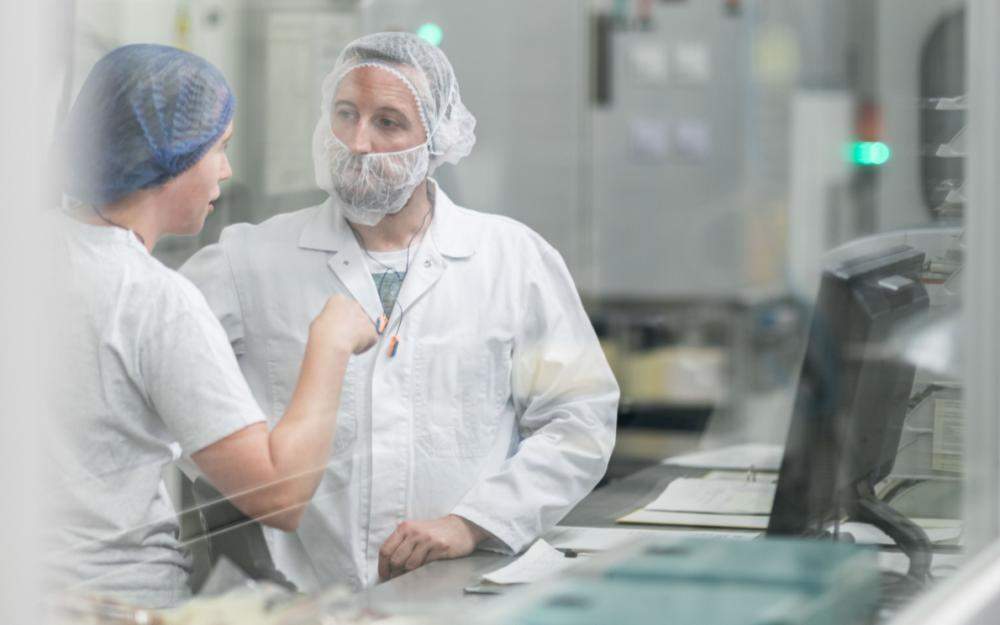4 trends for the future of food safety
Fevia identifies transparency as one of the 4 trends for the future of food safety... and sees that DjustConnect can help facilitate data sharing throughout the agri-food chain.
4 trends for the future of food safety
Today, our food safety system has a good reputation at home and abroad... and we want to maintain it in the future. Food companies are getting ready for the various challenges that come along with this. How do we deal with new foodstuffs and with far-reaching technology that allows for more transparency throughout the chain? Each of these 4 trends can be a game changer for our food safety system of tomorrow.

The 4 trends:
-
Towards a stronger food safety culture
-
New foods, new challenges
-
Blockchain technology offers more transparency
You may know blockchain from the digital currency Bitcoin, but did you know that the technology also has potential in our sector? Blockchain works through a decentralised, chronological 'bookkeeping' that keeps track of all transactions. This makes it possible to certify an entire chain, from the raw material to the finished product, without the intervention of third parties. Blockchain technology can therefore help to combat food fraud, predict food incidents and increase consumer confidence.
Transparency is therefore increasing throughout the production chain: you can find out which way a product has travelled and who was responsible for which link in the chain. "Companies have an ever-increasing amount of data to process. They can use artificial intelligence (AI) to analyse this data and to make connections that humans are not capable of," says Régis Coli, manager at the Walloon innovation hub Wagralim.
In order to facilitate data sharing throughout the agro-food chain, ILVO, the Institute for Agricultural, Fisheries and Food Research, has a data sharing platform, DjustConnect. "Companies in the agro-food sector can use DjustConnect to discover and exploit the many opportunities of the data economy, without losing control over their data," says Stephanie van Weyenberg of ILVO.
4. Nip pathogens in the bud quicker with WGS